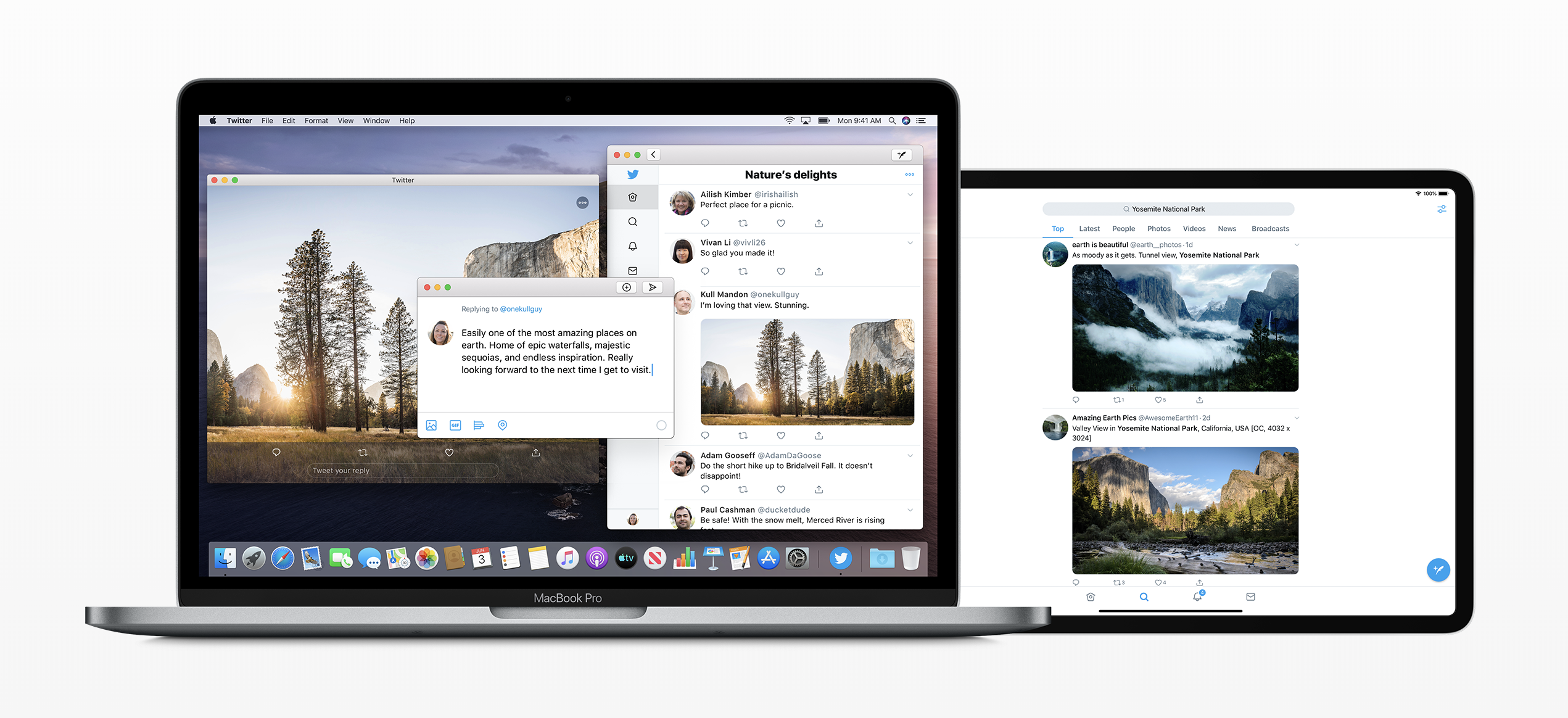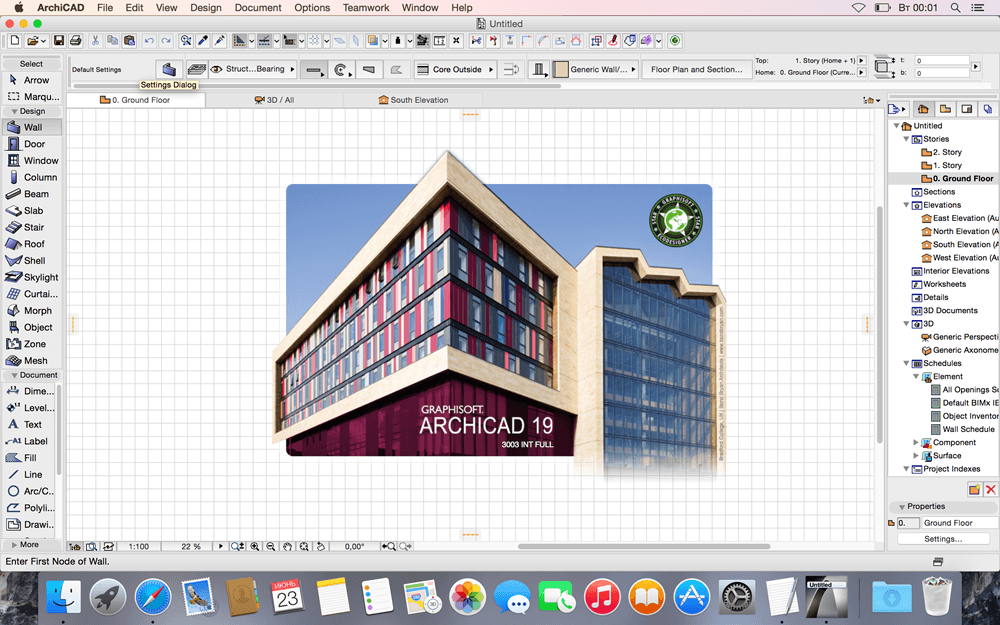

You can zoom out to a year overview or zoom in and see any particular photo or video. When you open up Photos on your Mac, you’ll see everything you shot in a view that’s nearly identical to what you see in iOS - all your photos are organized by date and location. Rather than the old "My Photo Stream" feature, which pushed 1,000 photos (or 30 days worth of photos) across your Mac and iOS devices, everything you shoot on your iPhone will automatically get uploaded to iCloud. If you’ve been using the iCloud Photo Library beta for iOS 8, you’ll be pretty familiar with how Photos for OS X works. Here are some things you should be aware of now that the software's available to everyone. Familiar features have moved or changed, and in classic Apple fashion, some have also been quietly removed.

It’s also been built with Apple’s iCloud in mind instead of an afterthought, which feels years overdue.Īt a high level here's three things that anyone thinking of using Photos for OS X should know: Apple’s discontinuing that software along with Aperture (which is aimed at pro photographers), in favor bringing the tools people have on their iPhones and iPads to the Mac. It’s a rethink of how people manage their photo library on a Mac, something that’s been iPhoto’s home turf for more than a decade.

It’s the final piece in a plan that Apple unveiled last June, and one that both fixes and unifies a patchwork system it rolled out in 2011. And if that company’s been Apple, you’ve basically been a guinea pig in a good idea that was hastily ( and poorly) executed.Īpple might have just fixed that for Mac users with the new Photos app. But storing and organizing them all in different places still manages to be an experience filled with gotchas, and one that varies wildly depending on what companies you’ve sworn allegiance to with your phone and computer. One of the biggest problems right now is what to do with all our photos.


 0 kommentar(er)
0 kommentar(er)
